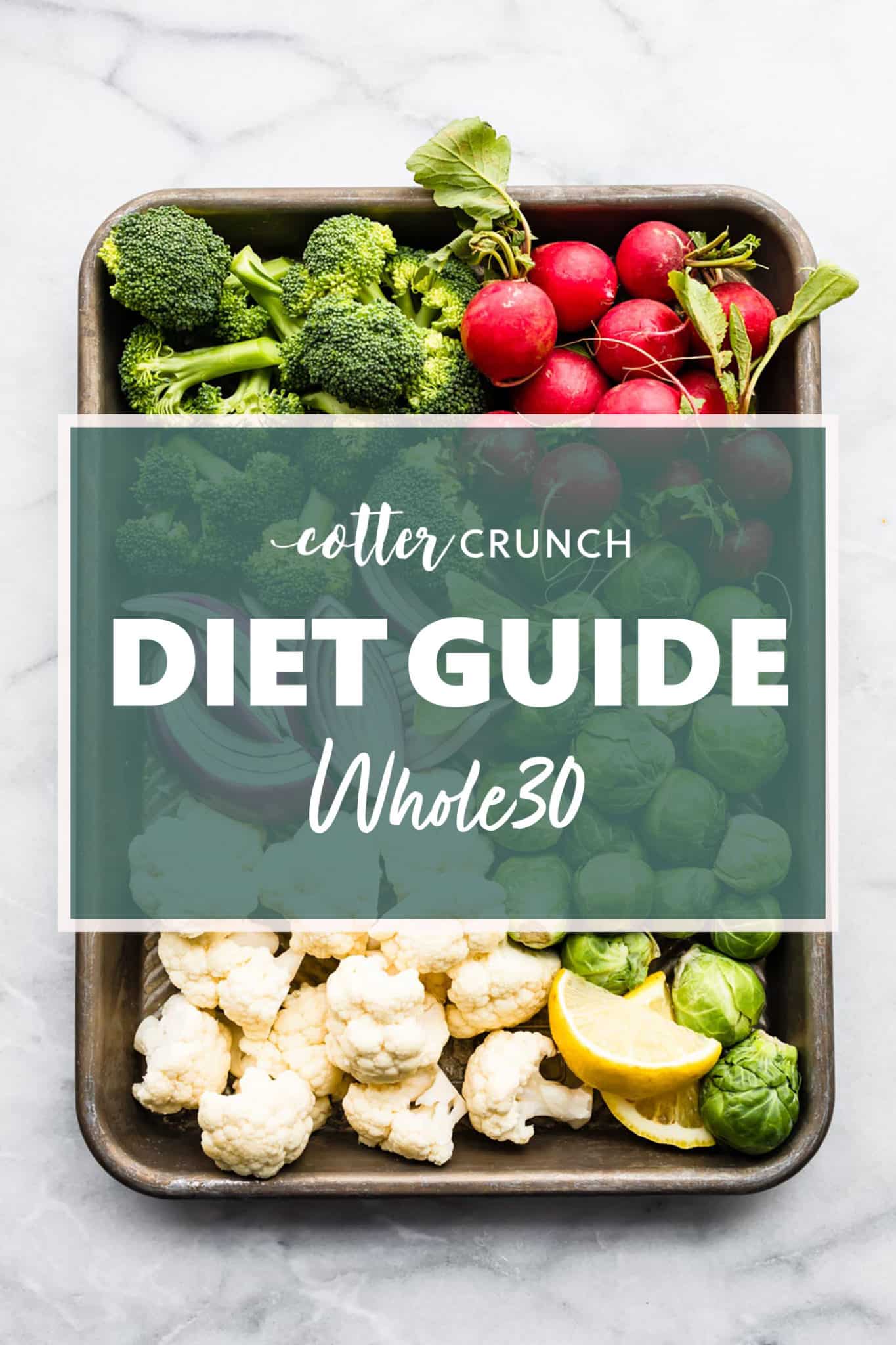Diet Resource Center Menu

*This resource center is meant to be an overview and is not a comprehensive guide to implementing a Whole30 diet. It is not intended for use as medical advice.
What Is It?
Developed in 2009, Whole30 was originally intended to be a 30-day diet reset to boost metabolism, promote weight loss, and heal your relationship with food by eliminating specific foods and food groups that could negatively impact your health and athletic recovery. However, some people also implement the diet in order to identify food intolerances.
Who Can Benefit from a Whole30 Diet?
The Whole30 diet is most beneficial for those wanting to identify foods that may be causing chronic inflammation or other health conditions. It can also help improve digestive-related issues, improve sleep quality, and increase energy levels.
How to Implement a Whole30 Diet
The key to implementing a Whole30 diet is to follow the approach for at least 30 days. The idea is that this is long enough to be able to identify trigger foods and form habits pertaining to healthy lifestyle choices. As a result, it is recommended to strictly adhere to the diet. To make this easier, there are a few things you can do.
-
Remove Temptations. The easiest way to prevent yourself from falling off the diet is to remove non-compliant food items from your home.
-
Plan Ahead. To prevent food waste or anxiety, find and prepare meals ahead of time so you can have ready-to-eat Whole30 meals you’re excited about.
- Get Others On Board. As with anything, adopting a Whole30 diet is easier when you have others doing it with you! For extra support, try following the program with friends or family with whom you can share meals and swap recipes.
Foods to Avoid
- Added Sugar – maple syrup, honey, agave, stevia, monk fruit, sugar, Splenda, etc.
- Grains (even gluten free) – wheat, rye, barley, oats, rice, millet, quinoa, buckwheat
- Legumes – chickpeas, lentils, peanuts, edamame
- Dairy – milk, ghee, cream, cheese, yogurt, ice cream
- Specific Additives – carrageenan, MSG, sulfites
- Baked Goods – cakes, cookies, brownies
Foods to Consume
- Vegetables – potatoes, zucchini, tomatoes, broccoli, bell pepper, etc.
- Fruits – apples, cherries, oranges, pineapple, bananas, berries, etc.
- Protein – eggs, beef, turkey, chicken, fish
- Nuts and Seeds – almonds, walnuts, flaxseeds, pumpkin seeds, chia seeds
- Oils – avocado oil, olive oil, sesame oil, coconut oil, ghee
What to Eat
Whole30 Breakfasts
Whole30 Lunches/Dinners
Whole30 Snacks
Find a full meal plan here!
Helpful Resources
Websites
Informational Books
Cookbooks
Sources:
Diet Resource Center Menu

